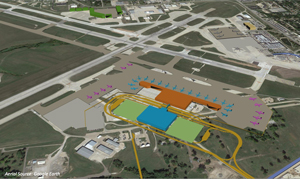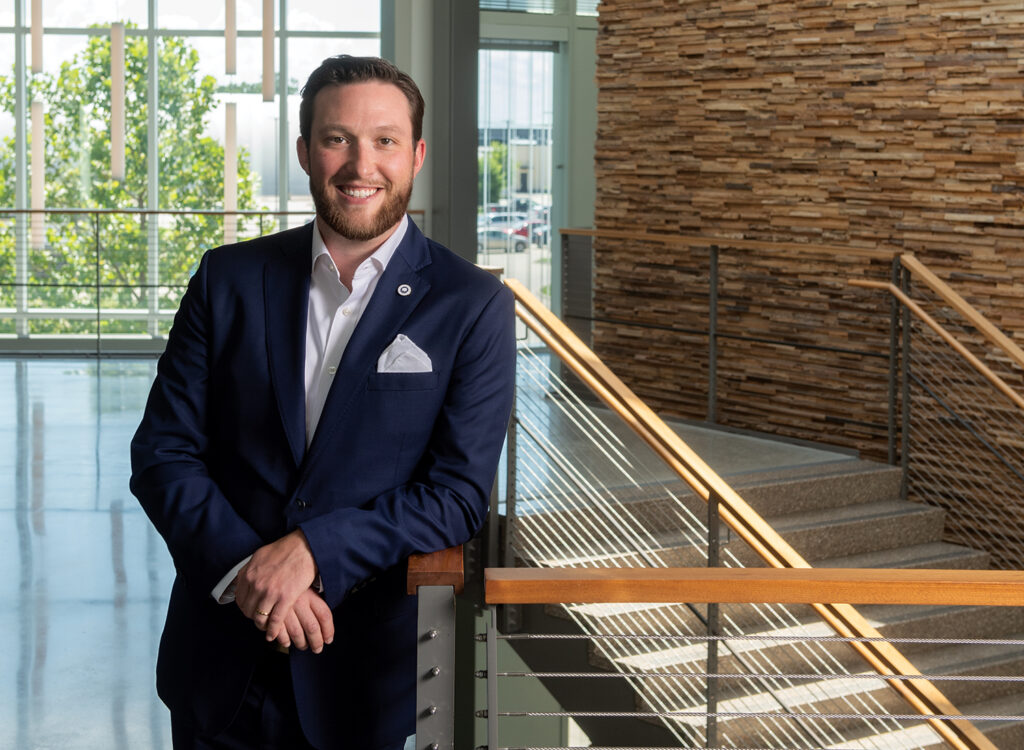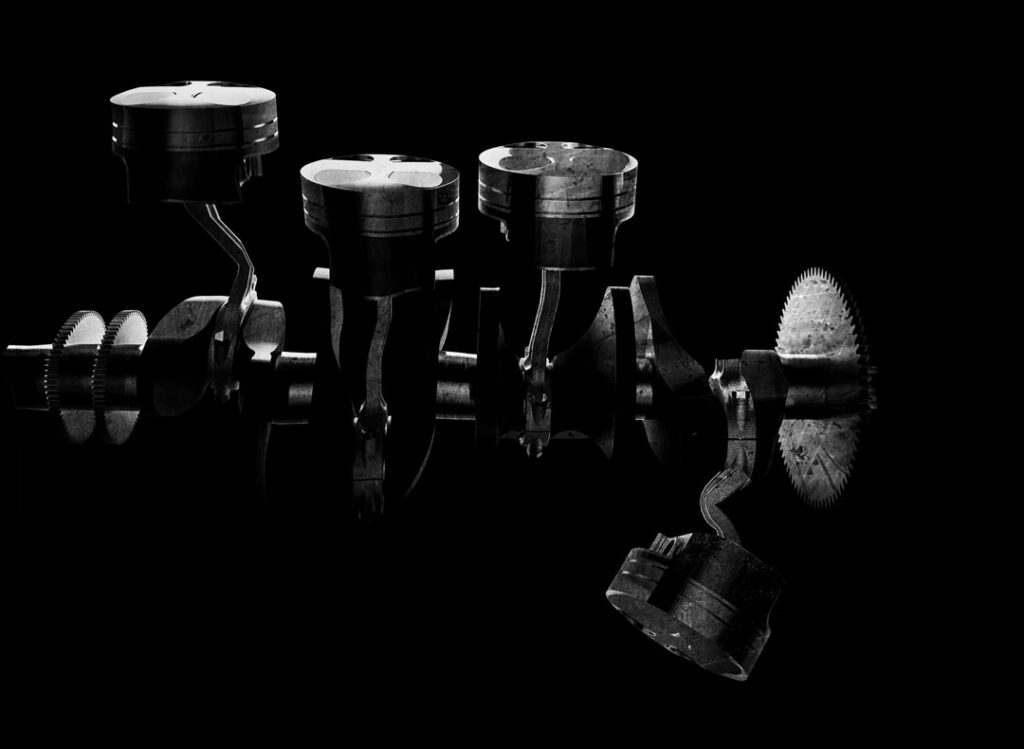Frugal Flights?
Airport looks to save airlines money by controlling expenses

The staff of Des Moines International Airport has proposed a budget for next year that calls for higher income and lower expenses, and a nice surplus to put away for a proposed new terminal.
The proposed budget, to be considered by the Des Moines Airport Authority Board on Nov. 10, projects $32.4 million in operating expenditures on a cash basis, down 5 percent from this year. Cash basis income is projected to grow to $38.5 million, up 1 percent.
The airlines watch the budget figures closely, but perhaps none more closely than the overall cost per passenger for airport services.
Under the proposed budget, the airport would continue a trend of cutting the airlines’ per-passenger costs for their share of airport operations. The tab would fall 2.9 percent, to $8.47 from $8.72. In 2011, when the authority board formed, it was $10.06. It has fallen every year since.
Kevin Foley, airport executive director and general manager, said that’s a big victory as the airport continues to adjust to absorbing fire and rescue costs of $1.3 million previously paid by the military. Those payments ended when fighter jets left the Iowa Air National Guard base in 2013.
Foley said the airport is able to reduce the per-passenger cost even though airlines now will pay 90 percent of the $1.3 million in fire and rescue costs. Last year, the airlines covered half the costs as an interim step to protect against sticker shock, Foley said.
How did the airport control costs? In part by cutting back on police.
Foley has long contended that the airport has too many police officers, and that is part of the negotiations between the city and the airport regarding a new contract for city services. The airport is run by an independent authority and is not part of the city government.
What started as a 21-officer, 24-hour crew at the airport (a lieutenant, two sergeants and 18 officers) was cut to 19 on July 1 and will fall to 17 next July 1 if Foley gets his way.
The proposed budget envisions a 7.3 percent cut in police-related expenses, to a shade over $2 million.
There may be more cuts in police as Foley tries to resolve an old issue. “This goes way back,” he said. “Our law enforcement costs have been argued since back to probably the ‘90s.”
The 2001 terrorist attacks on the World Trade Center brought a spike of officers at the Des Moines airport, Foley said. But he is confident the airport can remain secure with fewer officers, which will save money.
Also expected to fall: landing fees, rental rates for the terminal ticket counter area and security fees.
Total wages, salaries and benefits are expected to fall to $8.2 million next year from $8.5 million in the current budget year. Also lower: contractual services, supplies and equipment, debt service and capital improvements.
After a projected surplus of $4 million this year, the airport hopes to bank $6.1 million next year. That’s important because the authority is setting money aside for the local share of the $420 million plan to build a new terminal and relocate some airport services to other parts of the grounds.
This budget cycle, parking revenues rose again, both as demand rose and because a new contract gives the airport a bigger share from car rental companies, said Finance Director Brian Mulcahy.
Typically, parking revenue rises as more people fly, and a better economy has people extending their trips, which also tends to bump up cash from parking, Foley said.
The number of people getting off planes has been slightly higher than the number boarding planes, which is unusual, Foley said. Normally you would expect those numbers to be even, assuming most travelers take round-trip flights.
What’s up? “People are flying into Des Moines and renting vehicles, then flying out somewhere else,” Foley said.
On capital improvements, the airport would take a break from the reconstruction of the main runway. The biggest expense would be $1 million for terminal planning and $1.6 million for the work on the tarmac for small planes on the north side of the airport. The following year, the airport expects to complete $13.7 million in work on the northwest-to-southeast runway, which will include the intersections of the runways. That will require some adjustments of flights, but the work will be staged to minimize disruptions.










